Tonight at 5:30 p.m. PT, the Sacramento Municipal Utility District (SMUD) will vote on a “Climate Emergency Declaration” which, if approved, will set SMUD on a course to become the first independent utility to commit to a goal of carbon neutrality by 2030.
The draft is pretty bare bones, acting more as a checklist of factors that have led to the vote and an acknowledgement that action will require partnerships with local cities, counties, agencies, businesses and other community organizations than a strict set of policy. The skeletal nature of the draft is most likely because this is the literal first step in the road towards achieving carbon neutrality by 2030 and also because the utility already had a carbon reduction plan in place: SMUD’s 2040 Energy Plan.
The new plan
It seems that, instead of developing an entirely new plan from the ground up, SMUD will be expanding and accelerating the 2040 Energy Plan in order to meet these new greenhouse gas emission reduction goals.
The 2040 Energy Plan previously served as a roadmap for how SMUD could achieve net-zero greenhouse gas emissions by 2040. The plan initially called for nearly $7 billion in investments over the next 20 years that would prioritize local investment in regional building and transportation electrification, significantly increase the procurement of zero-emission generation resources and energy storage and would encourage energy efficiency and demand response programs.
SMUD’s 2030 draft also recognizes that the people most likely to be disproportionately burdened by the adverse effects of climate change live in underserved and low-income communities, so the utility will be making it a specific focus to to target and maximize the benefits to neighborhoods that are likely to be underserved.
The 2030 draft’s specific wording of zero-emission generation procurement and the large focus on low-income and at risk communities hints that community solar could be a big part of SMUD’s energy plan moving forward, as community solar has long been a way to bring renewable energy to communities that can’t host residential solar, either for logistic or financial reasons.
“Community solar”
SMUD has also been known to show a preference for community solar projects, sometimes to a fault. The utility was slammed in late 2019 for submitting a proposal to the California Energy Commission to allow home builders to forgo installing rooftop solar and new community solar projects by having the planned homes enter into a community solar-plus-storage program.
The issue was not only that the request circumvented a deliberate effort to expand residential solar specifically, but the premise that homeowners would join into an existing community solar project or one under development means that no new solar capacity was coming on-line. SMUD was basically looking to re-assign capacity that was being built regardless.
This was the opinion of expressed by Vote Solar, as the organization was quick to point out what SMUD was doing at the time.
“SMUD’s innovative zero net energy community pilot is not what SMUD is proposing as a community shared solar electric generation system compliance option,” the organization shared in response. “Instead, they are proposing to allocate portions of projects that they built or are building for compliance with California’s Renewable Portfolio Standard RPS as a way of also enabling homebuilders to comply with the Title 24 Standards. These large SMUD projects would almost certainly be completed regardless of the Commission’s decision as a way of moving SMUD towards the 60% RPS mandate required by SB 100.”
The saving grace in regards to the 2030 draft is that SMUD will have to procure new generation, even if the utility again tries to eschew the home mandate.
This content is protected by copyright and may not be reused. If you want to cooperate with us and would like to reuse some of our content, please contact: editors@pv-magazine.com.
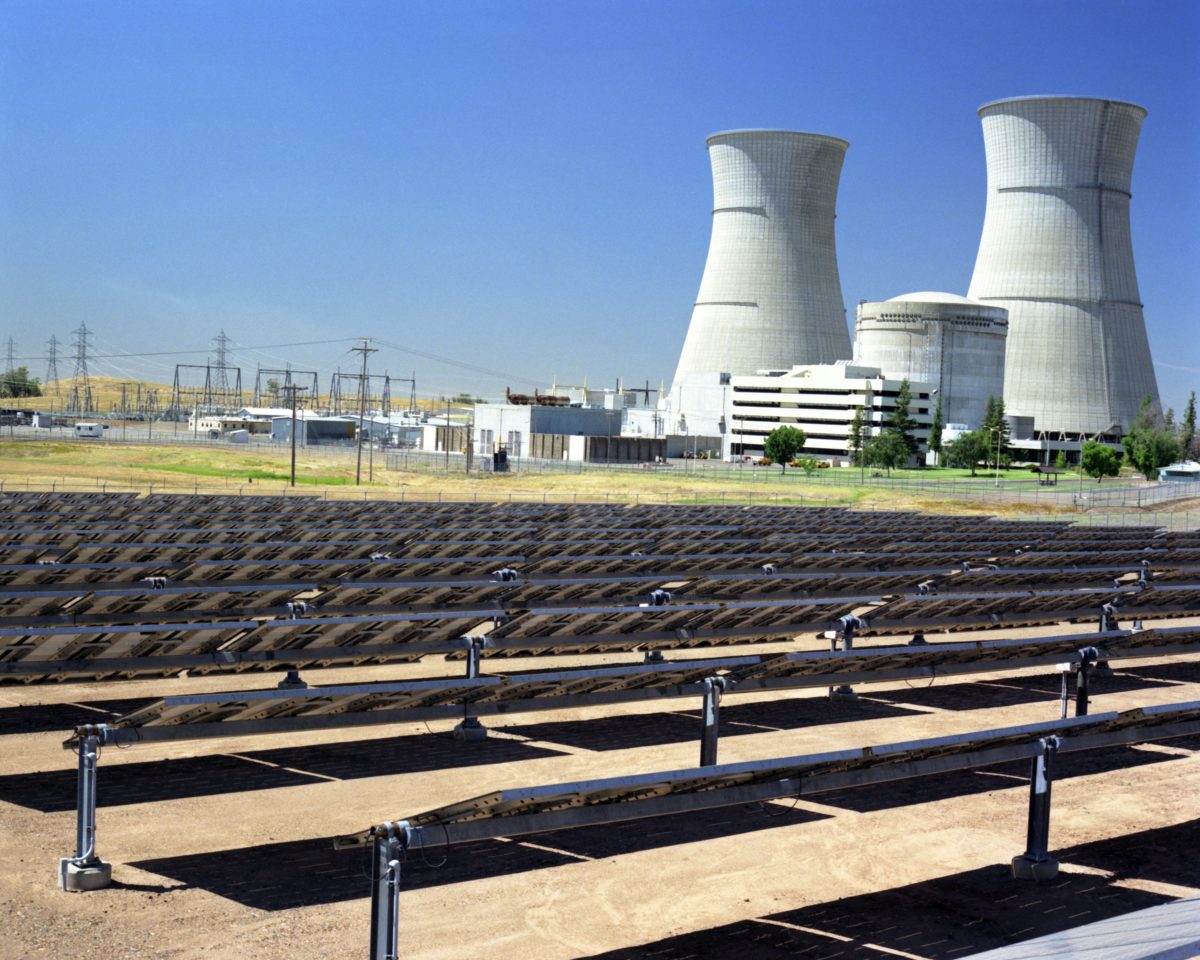
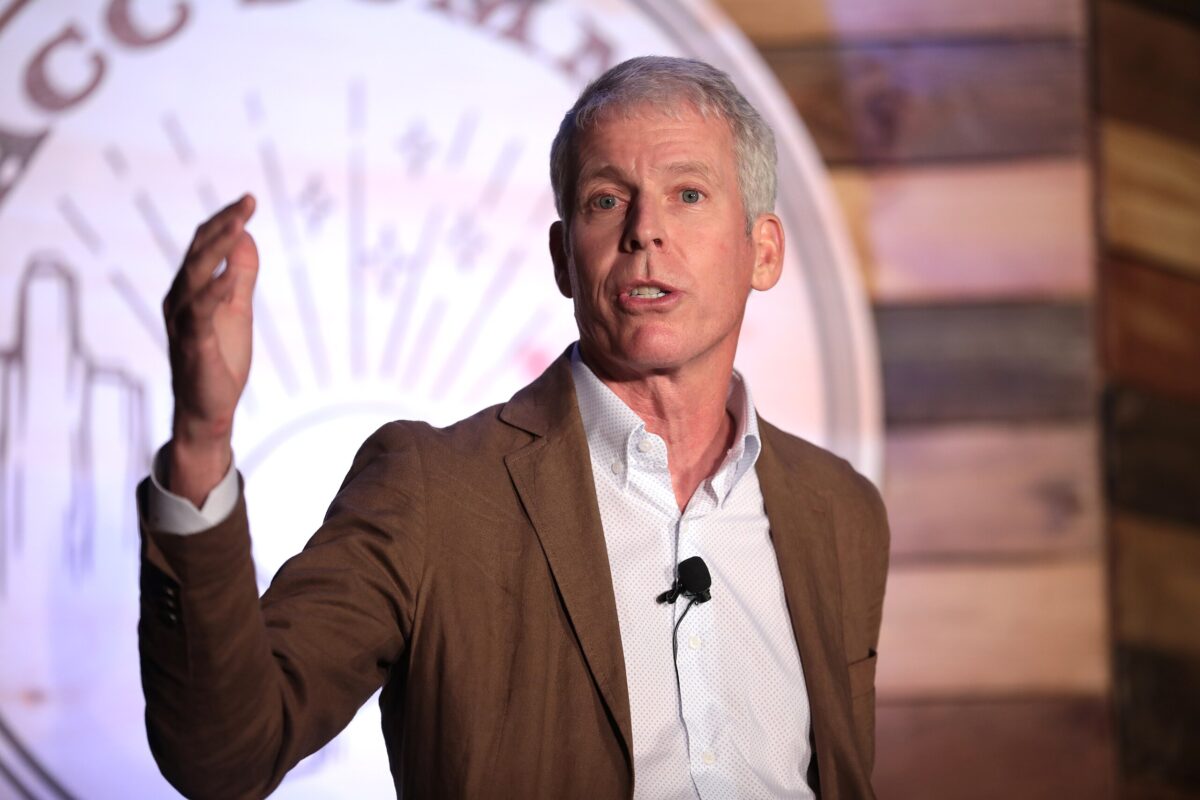




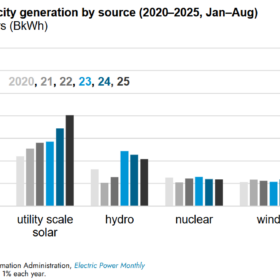
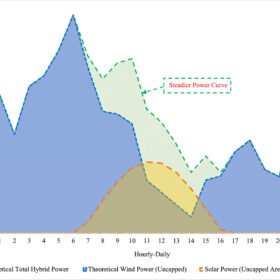
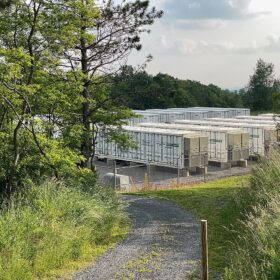
SMUD should not be criticized for attempting to skirt the requirements of Title 24, Part 6 if doing it with community solar restrains the rising cost of housing. Residential rooftop solar is great for those who can afford it (I have it on both homes). But objective analysis shows that utility bill savings will not offset first and interest costs if utility-scale solar is implemented instead. Even with savings from solar-ready design, permitting efficiency, and builder-aggregated procurement, it will be several times the cost of solar in 50-200 MW increments. This every-roof requirement is the product of conjoined interests: the residential solar industry, and renewables enthusiasts seeking purity over affordablility. California housing costs should not be inflated to scratch those itches — leave the choice to the buyer/consumer.